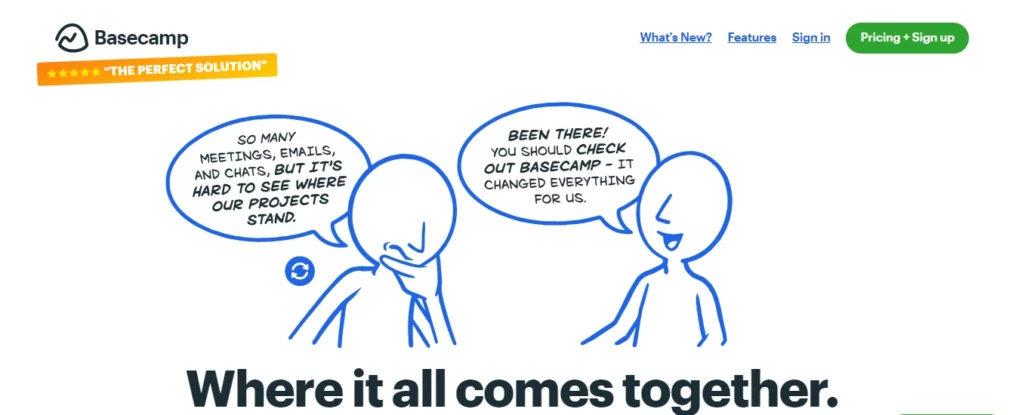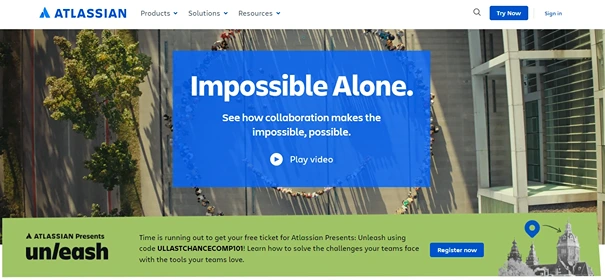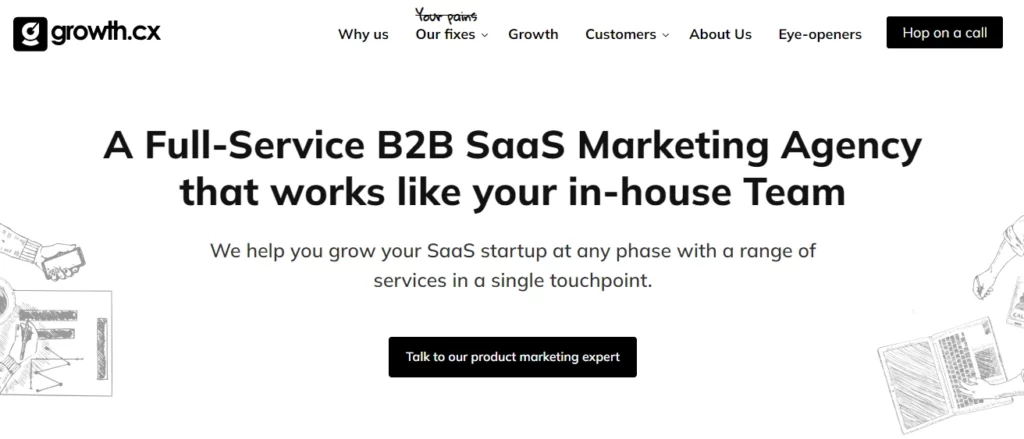Have you ever come up with a brilliant idea for a product or service?
And you started working on it in your spare time but got stuck figuring out how to turn it into a successful business.
This is a common dilemma for many aspiring entrepreneurs, especially those juggling a side project with full-time jobs and other responsibilities.
Fear not, because in this guide, we will explore the concept of bootstrapping and how it can help you turn your side project into a successful SaaS startup.
And the solution: bootstrapping!
So, let’s start with the basics now!
What Is Bootstrapping?
Bootstrapping is starting and growing a business using your resources without relying on external funding or investors.
It involves being creative with limited resources, finding low-cost solutions, and being strategic with time and effort.
For example, a bootstrap startup can start by offering exclusive memberships or early-access deals. By securing preorders, startups can spend money on product development and delivery. The company can fund its growth organically without relying on external investments through this approach.
While it may seem complicated to start, bootstrapping can be an excellent way to launch a successful SaaS startup.
There is an element of independence and control in your business, which means that you are not dependent upon investors or their demands for the direction of the business.
Steps To Bootstrapping Your Side Project In Your Saas Startup
Look at how you can bootstrap your side project and turn it into a thriving SaaS startup now that we understand bootstrapping. Let’s learn how to bootstrap a startup with strategies, case studies, and everything you need to know.
We will provide actionable insights to enable you to harness your resources effectively. And successfully launch your SaaS startup without external funding.
Let’s get started!
Identifying a Marketable Side Project
The first step in bootstrapping your SaaS startup is identifying a marketable side project. This involves defining a problem that your product or service can solve for people. The key here is to be specific and address a niche.
Begin by assessing your existing skills, understanding your target audience’s needs, and aligning them with the market trends. Valuing your idea through surveys, feedback, and market research is also critical.
You all know that Dropbox began as a simple file-sharing concept. The founder, Drew Houston, identified a common problem and created an MVP, which evolved into a widely used cloud storage solution.
So, identify a marketable side project before you bootstrap your side project in your SaaS startup. The knowledge of SaaS trends can also assist you in selecting the right side project.
Building your SaaS Side Project
According to CB Insights, one of the main reasons startups fail is the lack of market need (42%).
Building an MVP helps validate your product in the market, reducing the risk of failure.
Once you’ve identified your side project, it’s time to start building. At this stage, it’s crucial to first focus on creating a Minimum Viable Product (MVP). An MVP is a simplified version of your product with sufficient features to satisfy early customers and provide feedback for future product development. Using agile methodologies can help you iterate quickly based on user feedback.
Bootstrapping your SaaS Side Project
Bootstrapping your SaaS side project involves being strategic with your resources. You need to focus on low-cost solutions, such as using free or low-cost development tools, doing most of the work yourself, and leveraging organic marketing strategies.
One way to bootstrap is by utilizing existing tools and platforms instead of building everything from scratch. For example, using a free website builder instead of a web developer can save you a lot of money. Additionally, you can obtain an affordable SEO tool to complete all your SEO activities.
It’s also essential to carefully manage expenses and prioritize investments in areas significantly impacting your business.
Getting your First Users
Once your MVP is ready, it’s time to get your first users.
Focusing on user acquisition strategies like content marketing, social media marketing, and influencer partnerships can help you reach a wider audience and gain traction for your product. Getting all your digital strategies implemented can be accomplished by hiring a digital marketing agency.
Attracting your first users often involves organic marketing, building a solid online presence, and word-of-mouth referrals. Excellent customer service is essential, as satisfied customers will likely refer others to your business. Offering a free trial or freemium version of your product can also encourage users to try it.
Scaling your SaaS Startup
As your user base grows, it’s time to focus on scaling your SaaS startup.
This involves optimizing and automating processes, expanding your team, and investing in marketing strategies that can bring in a steady stream of new customers. You may also need to secure funding through bootstrapping, crowdfunding, or seeking venture capital to sustain growth. Additionally, creating partnerships and collaborations with other businesses in your industry can help expand your reach and bring in new customers.
This can be achieved by automating processes, leveraging the scalability of cloud services, investing in marketing and sales, and continuously improving your product based on customer feedback.
Also Read: Guide To Market Your B2B SaaS Startup
Marketing agencies can help you bootstrap your side project into a SaaS startup, and you can hire a growth marketing service to assist you.
We can now examine some successful SaaS startups that have been successful through bootstrapping.
Case Studies Of Successful Bootstrapped SaaS Startups
There are numerous examples of successful bootstrapped SaaS startups. Here are some startups that get booming revenue through bootstrapping:
1. Basecamp

Basecamp, founded in 1999, is a project management and team collaboration software famously bootstrapped by its founders, Jason Fried, Carlos Segura, and Ernest Kim. They began with a web design and development firm, using the profits to fund the development of Basecamp.
With no external funding, they focused on creating a product that genuinely solved the pain points of their target audience. It eventually grew into a highly successful and profitable software company.
Also Read: Best Product Marketing Agencies
2. Buffer

Buffer, a social media management tool, started as a side project while its founder, Joel Gascoigne, worked full-time. Gascoigne and his co-founder Leo grew the business without outside funding. They focus on building a great product and building a solid community.
3. Atlassian

Atlassian, a software company known for products like Jira and Confluence. Co-founders Mike Cannon-Brookes and Scott Farquhar bootstrapped the company for several years. They initially funded the company with a $10,000 credit card debt and grew it into a global tech giant.
As the count never ends, there are many businesses that achieve their highest revenue through a bootstrapping strategy.
Book a Free Consultation With growth.cx to Scaleup Your Project
Starting your journey to turn a side project into a successful SaaS startup is thrilling and challenging.
If you’re planning to bootstrap a side business and don’t know where to begin, don’t worry.
growth.cx is a full-service B2B SaaS marketing agency that assists startups worldwide. Their primary objective is to help SaaS startups scale at any stage of their development. They combine traditional growth strategies with hybrid ones to tackle SaaS marketing’s unique challenges and opportunities.

No matter your marketing objectives or how your operations are optimized for scalability, the growth.cx team is committed to helping you succeed. They allow you to launch your side projects to generate maximum revenue.
The growth.cx team has all the tools and insight you need to navigate the challenges and opportunities of bootstrapping a SaaS business.

Conclusion
It can be both rewarding and challenging to start the bootstrapping process for a SaaS business.
Your side project can become a highly successful SaaS company with the right idea, strategic resource management, and an unwavering commitment to customer satisfaction.
It is important to remember that success results from hard work, innovation, and commitment.
So start your side project with the right strategy and become a successful startup.
FAQs
Can anyone bootstrap a startup, or are there specific requirements?
Bootstrapping is accessible to entrepreneurs across various industries and stages. While initial capital can be beneficial, the key is resourcefulness, financial discipline, and maximizing limited resources.
Where can I find a marketable side project to bootstrap?
Find a marketable side project by assessing your skills, understanding your target audience's needs, and aligning them with market trends. Solve a specific problem within a niche and validate your idea with surveys, feedback, and market research.
What role does building a Minimum Viable Product (MVP) play in bootstrapping?
Building an MVP helps validate your product, reduce failure risk, and gather early feedback. It allows for a lean development approach, emphasizing essential features to satisfy early customers.
How can I bootstrap my SaaS startup with limited resources?
Bootstrap your startup using low-cost solutions, leveraging accessible or affordable development tools. Also, implement organic marketing strategies and ensure financial discipline.
